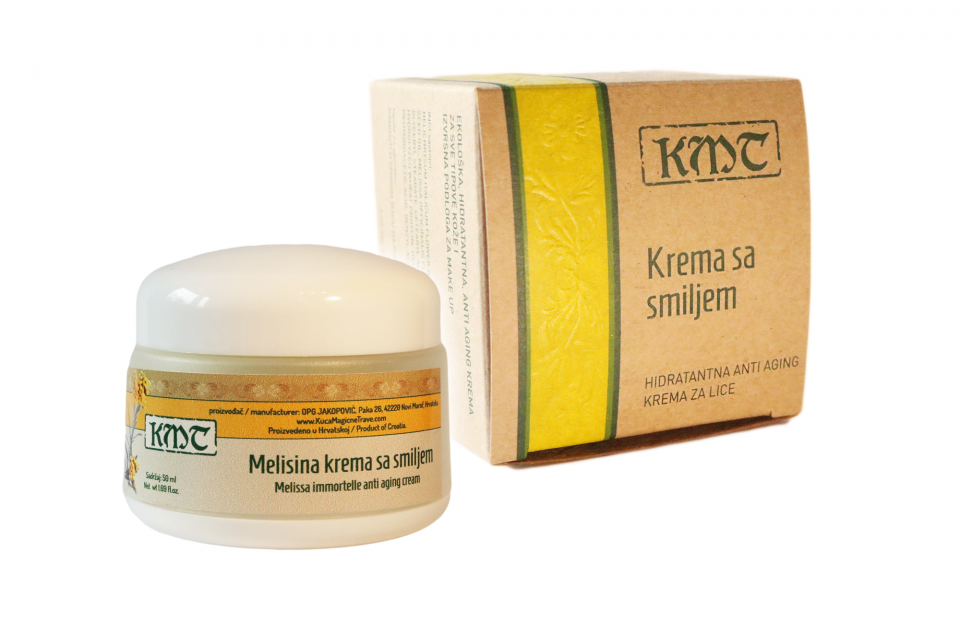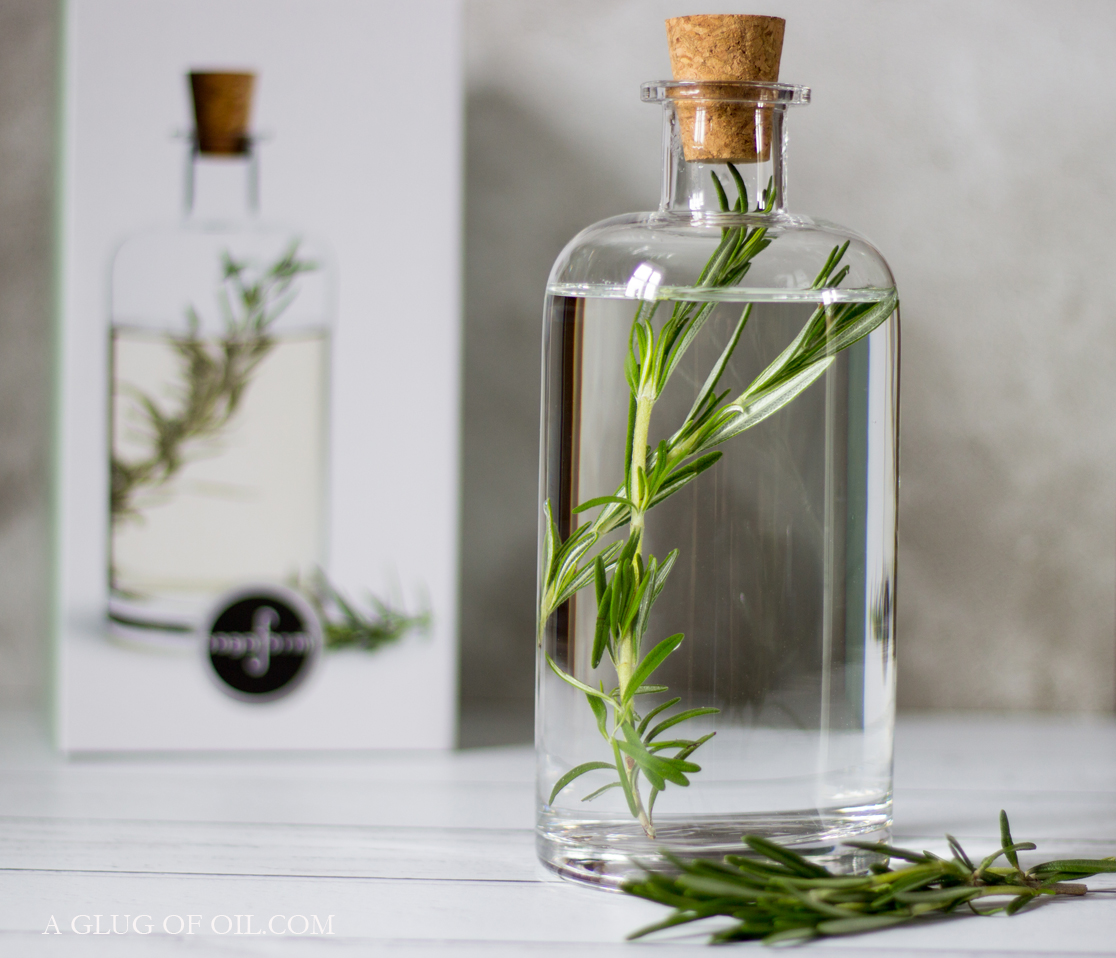
The main objective of this factsheet is to determine the possibilities and directions of innovative commercialization of wild and naturalized plants based on market trends and ethnobotanical research. One of the secondary goals is to preserve local botanical and other knowledge related to the recognition and application of wild and naturalized plants in the areas of Drenov Bok and Vela Luka by conducting field research.
Sustainable use of natural resources to effectively exploit the opportunities arising from market trends is a challenge for rural communities. In response to this challenge, catalogs of knowledge and information derived from ethnobotanical research are heavily used in local product creation processes. The potential volume of commercial production is limited by various factors, such as: reduction and degradation of natural habitats, insecurity and supply volatility, legal regulations governing access to natural resources, etc.
The field of application of wild plants is very diverse, and some of the species are applied in several areas. Most of the species mentioned by the respondents were used or used in culinary as a medicine, then for the preparation of soft drinks and beverages, as well as alcoholic beverages. Few types are used for cosmetic preparations, for decoration or decoration, for construction, and in various traditional customs or ceremonies. The medicinal properties of wild plants are most commonly used by preparing hot drinks and syrups, making wraps, then in tinctures and creams. Teas are used in addition to beverages for inhalation. Medicinal properties are also attributed to brandy with the addition of medicinal and aromatic herbs.
Contemporary trends in the economy and consumption, globalization that brings competition and enhances environmental awareness are driving economic development towards innovative products and services. The results of ethnobotanical research provide a broad base for the design of new products and services that should derive from the unique tradition of the region and / or its characteristic wild and naturalized flora, and can be divided inot six groups:
(1) products for home decoration and use
(2) products and services related to education and heritage conservation
(3) products containing medicinal and aromatic ingredients
(4) medicinal preparations
(5) alcoholic and non-alcoholic beverages
(6) culinary products and services
All areas of potential development assume the creation of innovative products locally or regionally, except for the option of producing medicinal and aromatic ingredients for external purchase. The success of the process will depend on various factors, both locally influenced (internal) and default and non-locally influenced (external).
From a societal point of view, development should include education and information activities on plant resources and related heritage. From an economic point of view, one development trend is innovative products based on tradition and the other is innovative service development, primarily in tourism and hospitality.
Further information

Caption: Herbal schnapps
Credit: https://www.aglugofoil.com/2018/04/scandinavian-style-schnapps-or-water....
